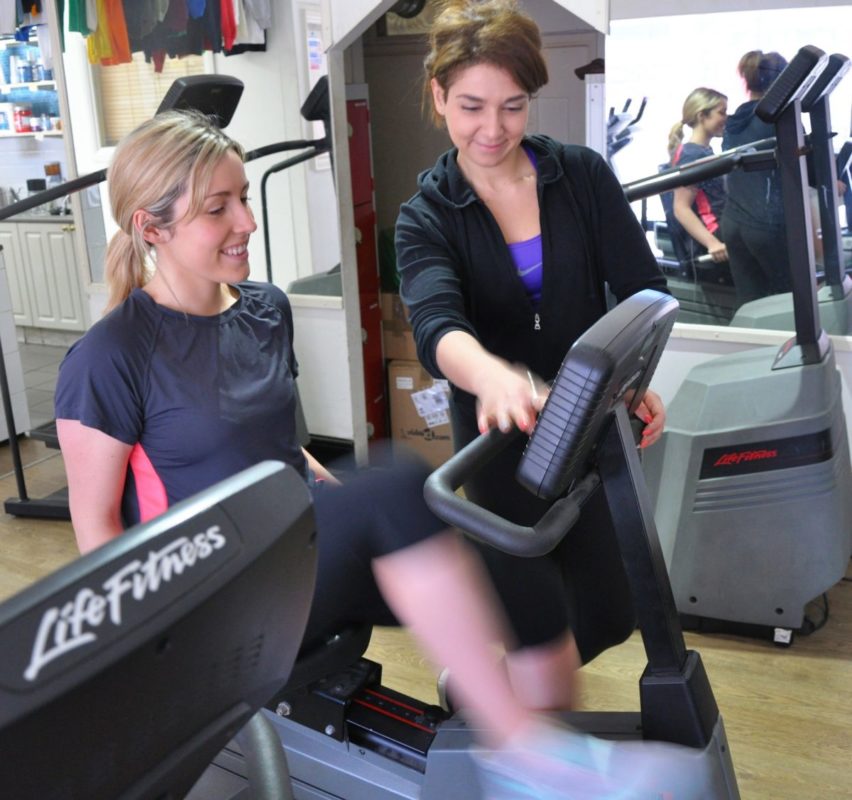The fitness industry in Australia has shown significant growth over the past five years, owing largely to an exceptional increase in affordably priced 24-hour gym chains, which has driven growth in the industry. Over one in four—28%—of adult Australians are overweight, and this trend has caused growing health consciousness among the public, which has contributed to marked growth in the numbers of gym memberships nationwide.
Gyms and fitness centres are looking for ways to accommodate personalised service, causing a corresponding increase in the choice of products and services available. Along with this increase, the number of personal trainers working in the industry has also grown, with the majority of training in this area geared toward attaining a Certificate III and/or IV in Fitness. Though there is increased demand for personal trainers, enrolments have decreased in the past five years, and the number of successful completions is also down. In 2017 (the last year for which complete data is available), there were just over 49,000 enrolments in fitness sector qualifications, but only around 15,300 completions—less than 24% of all enrolments—and the number of both enrolments and completions in the past five years has decreased. The vast majority of training is carried out by private providers, and the majority of new fitness students—almost a quarter—sought that training in New South Wales.
According to the latest information available from the Labour Market Information Portal, employment in the Sport and Recreation industry has shown a significant increase since the year 2000, with the most recent industry data predicting that the trend will continue until at least 2023. Personal trainers are represented by two different categories: “Fitness Instructors” and “Sports Coaches, Instructors and Officials,” which together represent around 25% of the total labour pool employed in Sport and Recreation. It’s projected that employment in these occupations will continue to increase in the next five years, by about a total of 38.5%.
So, what do those numbers mean for the future of personal training? In short, it’s a great time to pursue a career as a personal trainer, as demand is up but the number of people working as personal trainers has decreased. Employment prospects are strong, and earnings potential for people pursuing a career in fitness has never been better. In fact, analysis of the data available from various government and private sector agencies in the Sports & Recreation industry show that the most frequently advertised job vacancies were for Fitness Instructors, followed closely by Sports Coaches, Instructors, and Officials. Many jobs within those broader descriptions would either benefit from or in most cases require a Certificate III or IV in Fitness.
{{cta(‘d7294f79-8518-4e26-b8d3-555293b0f75e’,’justifycenter’)}}
A report made by the Industry Reference Committee titled “Skills Forecast for Sports and Recreation” identified the skills most commonly called upon by fitness professionals. Among the top priority skills were those related to mentoring, diversity and inclusion, presenting, skills in child protection, and skills related to responding appropriately to harassment and discrimination. In addition to these skills, fitness professionals rely strongly on communication and social intelligence abilities, customer service, knowledge of marketing techniques, and managerial and leadership skills.
Communication was especially stressed as an important skill, according to findings from available job vacancy descriptions which emphasised communication as the single most desirable skill in the Sports and Recreation industry.
A study conducted by Service Skills Australia uncovered another interesting and progressively popular development—there is a marked increase in personal trainers leading group fitness sessions, which typically take place outdoors. This brings some increase in risk, and fitness professionals would do well to acquire specific skills to properly evaluate and mitigate that increased risk. Specifically, it’s recommended that personal trainers conducting outdoor fitness sessions learn how best to limit their impact on the environment, acquire a thorough understanding of any legal restrictions or regulations regarding the use of public spaces, and reach out to the proper authorities in order to best utilize beaches, parks, and other public spaces in an appropriate fashion.
The forecast is bright for careers in fitness, especially for personal trainers. Australia’s population is steadily increasing, as is the amount of individual discretionary income. Australians are becoming more and more health conscious and are concerned with ways to increase their physical activity, fitness, and overall health. These trends promise to continue, and will doubtless create even more demand for knowledgeable fitness professionals in the years to come.
If you’ve been considering a career as a personal trainer, you could hardly ask for more favourable conditions. The best way to get started is to talk with a knowledgeable professional about pursuing a Certificate III and IV in Fitness, and the best place to do that is here at the Personal Training Academy. Dedicated fitness professionals will guide you every step of the way in a supportive environment, and through our courses of study give you everything you’ll need to pursue a rewarding career as a personal trainer.
{{cta(‘663247fb-d685-422a-95ee-3e0c5e22b073′,’justifycenter’)}}
